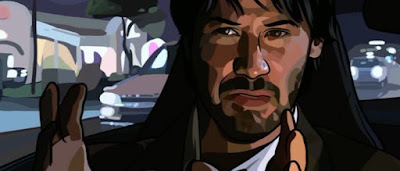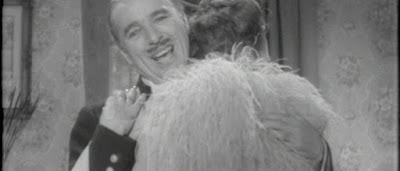
The Spirit of the Beehive
d. Victor Erice, 1973
I've never seen a film quite like The Spirit of the Beehive. It is so strikingly original yet instinctive all the way through that it's easy to call it one of the greatest Spanish films ever made. The film takes place in a rural Spanish town in the 1940s, right after the Spanish Civil War; we meet a young family, the father is a beekeeper, the mother writes longing letters to old relatives, and, just as the film is beginning, the two young daughters, Ana and Isabel, are attending a screening of James Whales' Frankenstein. After the movie, the younger girl, Ana, asks Isabel to explain the actions of the monster and of the people that killed him thereafter; Isabel explains that the monster is, in fact, not dead, but is a spirit that can not be killed. She claims to have already seen it, and eventually takes Ana to an abandoned barn with a well where she claims the spirit lives. For the rest of The Spirit of the Beehive, the vaguest hints at plot revolve around Ana's attempts to find the spirit.
This movie, however, is more interested at quietly observing this rather odd family structure. The Spirit of the Beehive is so achingly beautiful that I prefer to keep its images in my head rather than try to senselessly describe them. Luis Cuadrado, who shot the film, was apparently going blind while working on the film, which just makes his astonishing work here (both in lighting and use of the rural landscape) all the more notable. The musical score by Luis de Pablo is heartbreaking without having to underline anything in the movie, much like the spare music in Bela Tarr's Werckmeister Harmonies. Then there are the beautifully crafted compositions and poetic dialogue of Victor Erice, a mysterious and iconic director who has only made two other films seen this one. In the end, The Spirit of the Beehive is a lot things: a gorgeous portrayal of life in rural Spain, a love letter to the innocence of childhood and the questions it poses, and also a testament to the effect movies can have on us; few films have filled me with more joy.





